Marathons are such fickle activities – the runner trains for weeks for this race yet can be very much at the mercy of certain elements at play on race day. Some of these are heat, cold, high winds, sickness, food not settling well, etc. Many of these elements can be significant enough to really derail a finely planned race.
However, there are some other elements that can come into play in making sure that your race day goes as planned and these are travel elements. Traveling for a marathon can be a very enjoyable experience. It allows you to experience a new city from the ground, make new friends, enjoy new cultures, see monuments and landmarks as you run, and many other fantastic things. While this travel can be exciting, it can also make your race be less than positive unless you take some steps to ensure the best travel experience.
Travel Tips for Marathoners
Here are just a few ways that you can make sure that the travel part of the marathon trip does not adversely affect the race itself.
Get to the airport early
I like to arrive at the airport just under the wire because, with elite security lines and such, I find that I am still waiting at the gate for a while. However, for a marathon trip, you do not want to wait until the last minute. Make sure you get there early! The last thing you need is to be worrying about missing a flight and running through the airport to catch your flight. That running needs to be saved for race day! Not only are you wasting energy, but you are more than likely carrying a bag (which throws off your gait) and over-striding (which can pull a muscle).
Another good reason to get there early is in case of weather problems. Several times, I have arrived at the airport only to find that my original flight was going to be severely delayed or cancelled. Because I arrived early enough, the airline was able to put me on an earlier flight that would still get me to my destination at the same time or earlier.
Carry it on
Depending on where you are going and for how long you are going to be on, you may be able to just get by with a carry-on bag for your trip. If you are going for more than a couple of days or your trip will include other activities that will require more substantial luggage, still plan on carrying on! This means, your race day clothes and race shoes (and any other gear you have for race day) need to be packed in your carry-on bag. You do not want that stuff to be delayed and need to go out at the expo and try to find clothes that will make good substitutes for your race gear.
Another aspect about the carry-on bag is to make sure you do not overpack that bag. Airlines are starting to get more by the book when it comes to the size of carry-on bags (especially for European flights) and if your bag weighs too much or is too big, they may make you check it. Even if it is not too big, if the plane is a small commuter type, you may have to gate-check your bag. Should this happen, still make sure that you are keeping your race gear with you. This can be accomplished by putting those things in a drawstring styled bag. This is important because airlines have lost gate check bags! This has happened to me a couple of times – once, they did not find it until the next day. So, always make sure your race gear is with you.
Drink
Remember, you will be running a marathon in a day or two! You need to be well hydrated. Air travel can cause you to become dehydrated anyway so you need to make sure you are drinking more water. If it is a short flight, you should be ok with the liquids they give you on-board. If it is a longer flight (especially international flights), you need to think ahead a bit. I always have my race bottle with me and I will fill it up with water before getting on the plane. If it is a long flight, I normally buy another large bottle of water before boarding as well.
Another thing is to nicely ask the flight attendant if you can have a couple of cups of water. Mention that you are running a marathon and you need to stay hydrated. Almost every time I have said something like that, they come back with a large bottle of water just for me. So, don’t feel bad asking for more water on-board. Chances are they will be happy to help you as they think what you are doing is awesome! 🙂
Pick your seat
If at all possible, get online to choose your seats right when you book your ticket. You do not want to be stuck in a middle seat on a long flight ever, but especially not when you are going to be running a marathon in a day or two! Most airlines have better seats that they hold for their elite members or offer at an additional cost. These often include some type of premium seating area (more legroom, more seat pitch, etc) and the exit rows. If you are not an elite member, consider adding the cost nicer seat to your trip budget. At least do this for the longest flight en-route to your race. It will help to give you a little more leg room to stretch out with. To find what may be the best seats, go to Seat Guru for their suggestions on the best seats for your flight.
Choose layover airports
Depending on the time of year, make sure you carefully select your layover airports! If you are traveling during the winter, avoid airports in the north as your layover airports! Airports such as Detroit can be hit with hard weather in the winter and that can cause you to miss a connection. If you are traveling the day before the race, this could cause much stress!
Also, choose minimum connections. I once did a mileage run the day before a 24 hour race. The race was in Cleveland (I was in Rochester, 4 hours away). I flew Rochester-Atlanta-Raleigh-Cincinnati-Cleveland. I almost missed a connection which would have caused me to miss the race. I know, that was my choice! Still, do your best to make minimum connections as a part of your trip.
Walk around
While on-board, make sure you get up to walk around every so often to keep the blood flowing properly. It also can help to keep your muscles limber. Try to stretch out a bit throughout the trip as well.
Summary
These are just a few tips that help to make my travel better for marathoners. Feel free to add your tips below!
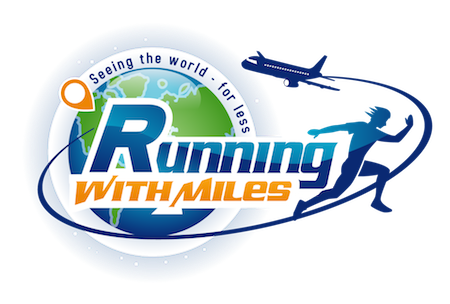
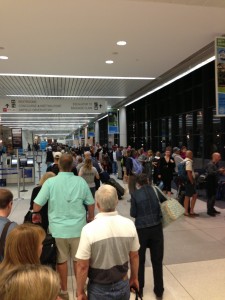
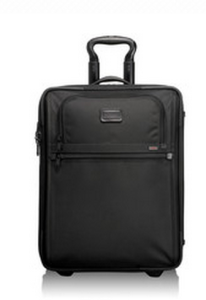

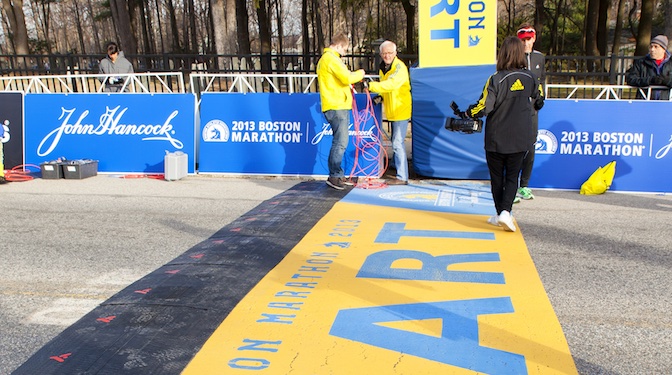



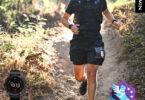


Pardon the question, but it is a serious one, as runners like me who have experienced that dreaded porta-potty line in a time of much need can attest.
Any tips on keeping from getting constipated or otherwise finding yourself outside your “normal routine” upon race day? Stool softener? #justasking